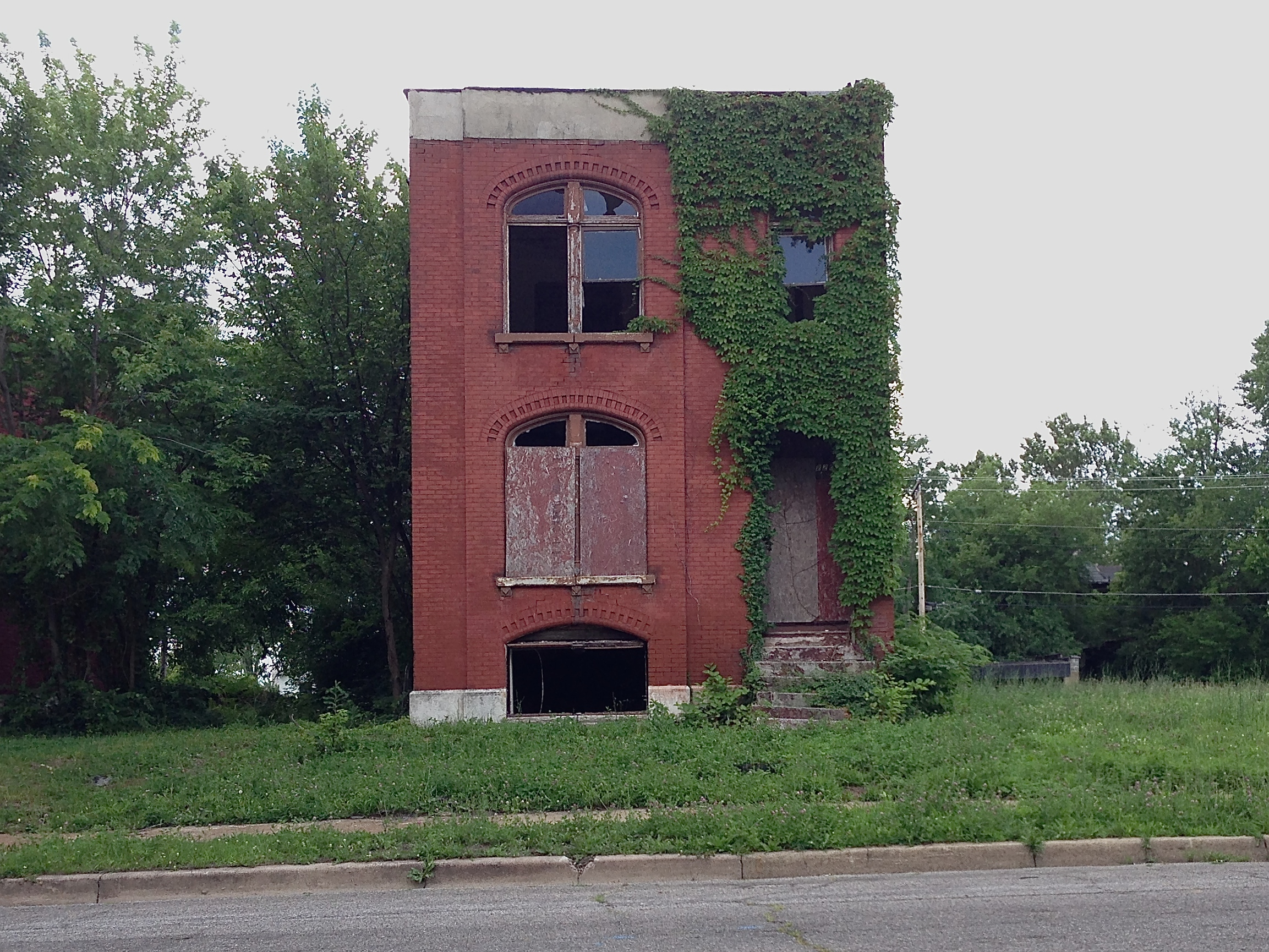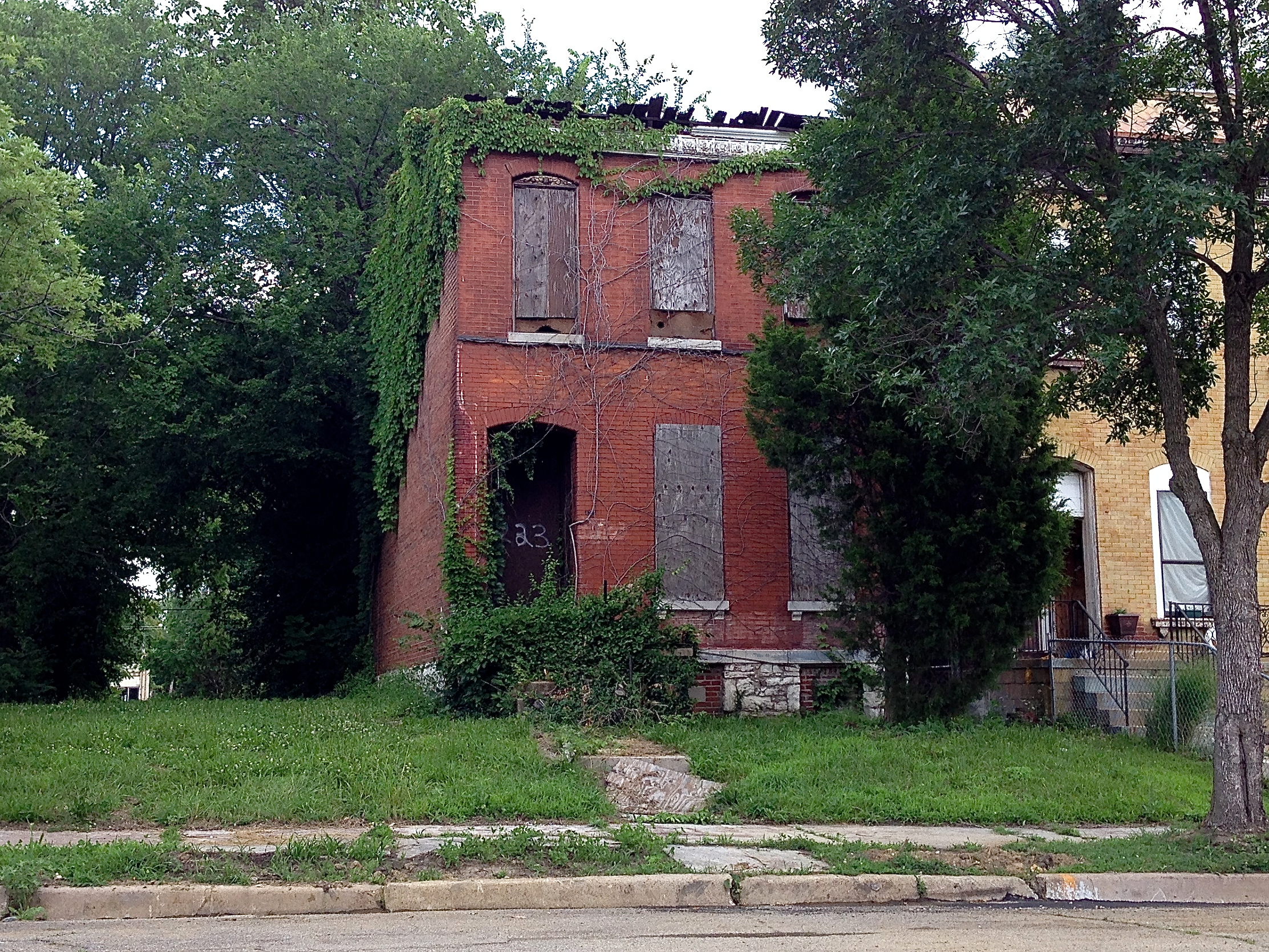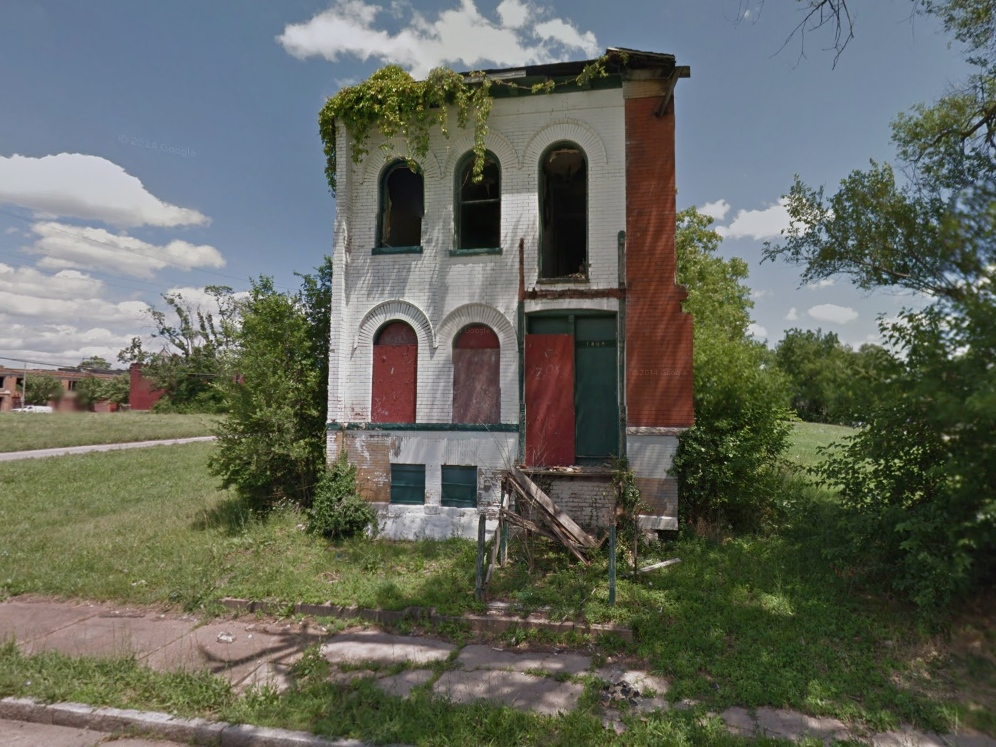
The City of St. Louis recently made headlines when it announced it would spend $275,000 to demolish 26 buildings on the near north side. Demolition is a daily occurrence in the city, active and by neglect. The public relations effort was a way to highlight ongoing investment by Ranken Technical College.
According to reports, Ranken is in the process of purchasing more than 200 parcels and plans are in place to build 56 new homes. Committed investments by the school total $10M and students in its carpentry program will train and gain experience working on the projects. This investment is a straightforward and positive development.
The idea supporting these demolitions is that targeting a neighborhood with an institutional anchor contributing private investment is a smart use of city funds. Rote citation of reducing crime and priming the neighborhood for redevelopment is misguided, based on contested, but long ingrained ideas of urban investment.
Yet here’s what too few understand: there are more than a thousand buildings in St. Louis that are going to fall down and there’s too little money to remove them. In any given year, the city can choose to demolish a few buildings in each of the 28 wards, or it can focus on a neighborhood or two, where perhaps an impact, economic, and yes, political, can be seen.
These are tough choices. On a short drive to photograph these 26 homes, one passes 26 more missing walls, windows and roofs. They’re not on this demolition list, they’re not on any demolition list, but instead simply left to fall down on their own. Within the targeted demolition area there are at least 26 more in desperate need of repair and stabilization. There are a thousand more like them across the city.
Today, some areas are too far gone to constitute an historic district, some do not have local political support for the designation, precluding access to historic tax credits. In other places, the housing market simply will not support prices needed to renovate, even with tax credits and other subsidies. In some neighborhoods select buildings get a new life as developers can find profit in subsidized renovations. Those projects, though numerous, remain relatively few.
What we’ve done to our city is tragic. In the time since many of these homes being demolished were built, the metro area has tripled in population, yet these homes, and thousands more just like them, are abandoned, discarded, and left to collapse. These demolitions represent a severe societal, political, and economic failure. Demolition should be accompanied by solemn contemplation.
It’s easy for someone supporting historic preservation to bemoan the lost buildings, and we should. Taken individually they have character, exhibit caring and talented worksmanship, and even today possess potential. Though some have been vacant and deteriorating for more than a decade, they could be restored, but they won’t. The technical term for the status of these buildings is “screwed”. Society has conspired to see them abandoned, wasted, thrown away.
What we have not, and perhaps can not, admit to ourselves is that these losses have been inevitable for decades. And again, there are a thousand or more inevitable loses coming. The turning point for demolition and preservation in the city is still to be determined, and policies of investment such as historic tax credits, transportation infrastructure, vacant (and occupied) building stabilization funds, and more can move that point nearer to today.
That should be the fight highlighted by the demolition of these 26 homes. It’s neither that these specific buildings should be saved, nor that their passing should be blithely accepted. The passing of each and every one should be documented, recognized, and serve as a reminder of how both personal and political policy steal from our shared history and wealth.
If these buildings are doomed, there are hundreds more that have been vacant for a month, a year, three years, that aren’t too far gone. There are hundreds more at risk of being abandoned this year. To change the trajectory of those buildings, of our city, we must invest in the people who will invest in them on a daily basis. For some reason, investment in people has always been harder than investing in buildings, for both politicians and preservationists.
The 26 homes being demolished:






















A map of the 26 homes:

These buildings are just outside the boundaries outlined in purple above, and currently not slated for active demolition:





